Tucked into my dresser drawer is a t-shirt with the words “No replacement for displacement” printed on it. A little discolored from years of washes, it was given to me back in my Personal Watercraft Illustrated days; a gift from Yamaha around the same time the Super High Output (SHO) 1,812cc engine was introduced. The late 2008 introduction of the big 1.8 liter engine to the personal watercraft industry was a historic one. Although the factory tune produced a meager 218-horsepower, the potential buried within the engine was easily unearthed.
I remember the impact well. Factory Yamaha racer Mike Follmer was one of the firsts to clock some serious speed. Working alongside R&D Performance’s Bill Chapin, Follmer’s red, white and blue FZR tripped the radar gun at 81mph with the use of a Motec ECM, a larger intercooler and supercharger, open exhaust and a few other Open class modifications. Together with Bill and Motec’s Pete Swinney, we recreated the same build with a black-and-gray FZS over two blistering hot days of testing and wrenching at Lake Havasu’s Body Beach.
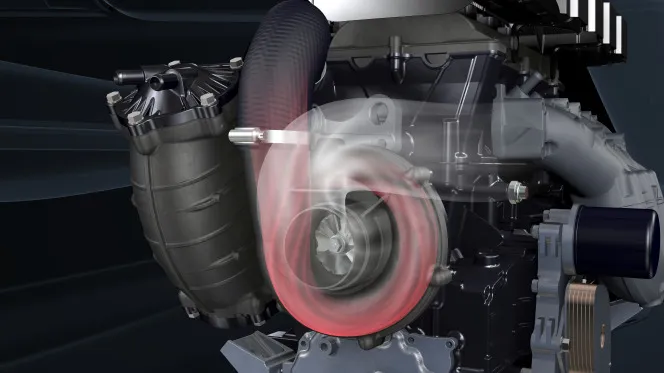
The big displacement engine was also the final straw to lure Greenhulk.net founder Jerry Gaddis over from Sea-Doo. Soon, following Gaddis’ example, the forum was awash with SHO builds with weekend warriors and dedicated racers pushing their Yamaha’s to new feats of speed. Today, the song remains much the same. Yamaha’s unmitigated dominance over the Pro Runabout classes during this year’s Pro Watercross Tour (Open, Limited, Stock and N/A) and strong presence in the high-speed HydroDrags series all attest to the potency available with the SHO and current SVHO.
Since the SHO’s entrance onto the scene, Sea-Doo loyalists have been clamoring for a competitive engine. Rumors over a 2-liter Rotax have circled chat rooms for the better part of a decade now. Whether the lauded plant is an overbored, big-stroke version of the cutting edge ACE engine (found in both the Spark and Ski-Doo snowmobiles), or a mythical four-cylinder version of the current 4-tec remains to be seen (although the first seems more likely possibility given the ACE’s glowing track record and advanced architecture).

Yet, it appears to many that once industry leader, Kawasaki is becoming the industry’s dark horse innovator. Despite the revised and refined current 1.5-liter’s staggering and frankly, unmatched power production in its current Ultra 310 lineup (X, R, SE and LX), the brand is refocusing its efforts on smaller, more potent packages.
Earning an extraordinary amount of attention has been the introduction of the Kawasaki H2R and its street-legal sibling the H2. In its unleashed form (including a titanium open exhaust element), the near-1,000cc aluminum 4-cylinder, four-stroke engine is the first of its kind to come supercharged from the factory in a motorcycle. Mechanically gear-driven by a two-piece jackshaft, the impeller presses the compressed air into multiple throttle bodies.
All of this adds up to a phenomenal 300-horsepower that is only harnessed through a series of “civilizing electronics including KTRC traction control, KEBC engine braking control, and KLCM launch control.” At 998cc, the new H2R engine is a benchmark for the brand’s commitment to superior engineering, and raises the question whether today’s advancements in engine management, lightweight-yet-durable materials and forced-induction technology have replaced the brute force of big displacement powerplants.
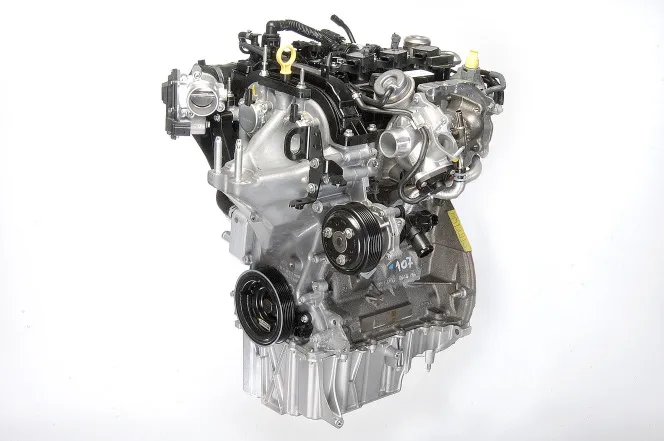
Unconventionalizing A Conventional Design
Improving upon existing designs has allowed engineers to both innovate new routes to simultaneously making power and improving efficiency all the while saving big in manufacturing costs. Switching from cast iron to high quality aluminum engine blocks or aluminum to heat resistant plastic intake manifolds has shaved needful weight. But huge gains have come from drastically reducing both cubic inches and employing advanced forced-induction means.
Recently, America’s longest-running automaker, Ford’s 1.0-liter EcoBoost engine won the International Engine of the Year Award for the third straight year. This feat was achieved by besting BMW’s 647cc 2-cylinder and VW’s 999cc 3-cylinder. Coming in at exactly 999cc and making 123 horsepower and 125 lb-ft of torque, the 3-cylinder EcoBoost won the Sub 1-Liter category and went on to take the overall.
According to EngineLabs.com, the 1.0-liter EcoBoost engine’s “compact, low-inertia turbocharger spins at up to 248,000 rpm – more than 4,000 times per second and almost twice the maximum rpm of the turbochargers powering 2014 Formula 1 race car engines.”
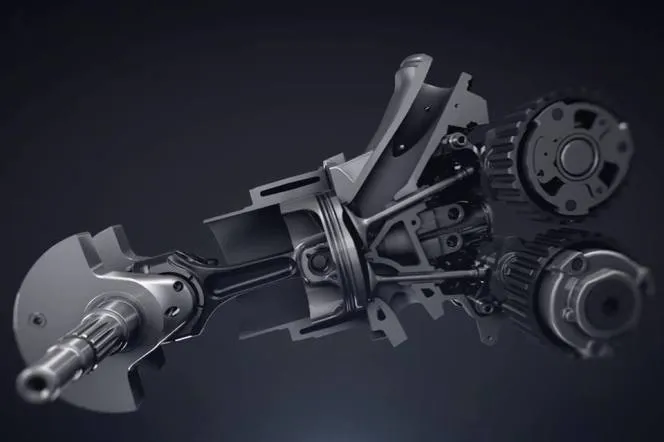
As we can expect the technologies employed on Kawasaki’s 1L H2R engine to “trickle down” to the PWC line, other manufacturers are drawing inspiration from other manufacturers. Video of motorcycle Ducati’s Testastretta DVT (Desmodromic Variable Timing) two-cylinder engine made waves a few weeks back showcasing the company’s first motorcycle engine to offers variable timing (VVT) for both the intake and exhaust camshafts.
Ducati developed the VVT system to permit variable overlap for a smoother delivery of power throughout the curve. At 1,198cc, Ducati’s new engine pumps out 160 horsepower at 9,500 rpm and an impressive 100.3 lb-ft of torque. This kind of performance is only achieved through the VVT mechanism, which is designed to provide greater overlap during high RPM operation and low overlap for smoother performance while running at low RPM.
Thinking Way Outside of The Box
Sometimes, what has worked before gets thrown out of the window and engineers need to start with a blank sheet of paper. This was the case for Nissan’s DIG-T R engine. Designed specifically for Nissan’s new ZEOD RC Le Mans racecar, the unusual 3-cylinder engine holds far larger implications for the future of the brand and small displacement engines everywhere as the turbocharged, direct-injected 1.5-liter 3-cylinder engine produces a staggering 400 horsepower.
It bears repeating that the gas-powered DIG-T R engine is incredibly compact and lightweight, totaling just 88 pounds, claiming that the DIG-T R can rev to “7,500 rpm and dish out 380 Nm of torque (around 280 lb-ft),” which is a comparable to that of a F1 engine.
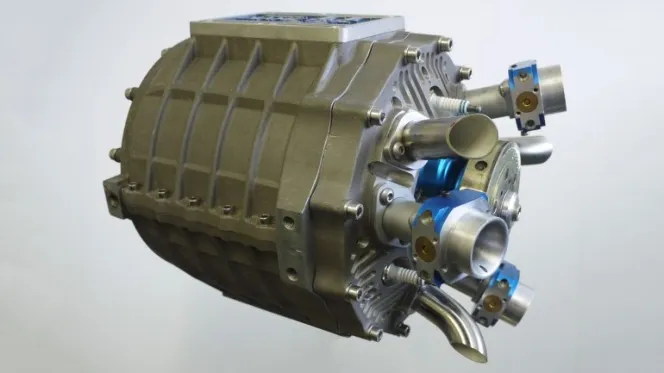
But the Nissan is only reapplying Formula 1 technology to a smaller 3-cylinder arrangement. What happens when you remove the linear crankshaft completely? Then you might have something like Duke Engines’ Axial Engine Design. The New Zealand engine developer designed a 3-liter, five cylinder prototype that produces a stout 215 horsepower and 250 lb-ft of torque at 4,500rpm.
Although significantly larger in displacement than any engine mentioned in this article, the Duke Axial Engine is completely valveless, and is nearly 20 percent lighter and 3-times more compact than most conventional 3-liter engines. Because of a reduced reciprocating mass, the Duke design produces lower internal engine temperatures, providing “excellent resistance to pre-ignition (or detonation)…. Duke has run compression ratios as high as 14:1 with regular 91-octane gasoline,” according to Gizmag.
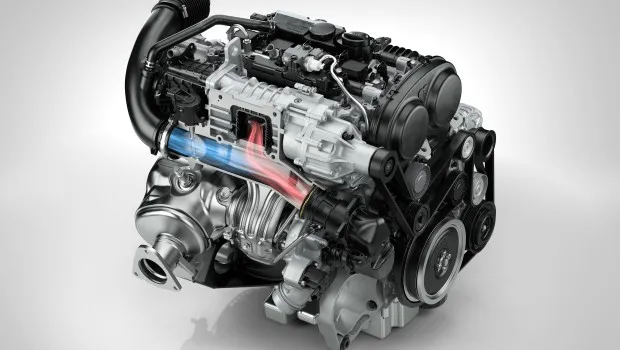
The Future of Boost is The Future
Apart from the Ducati and the Duke Axial Engine, each of the engines listed here have all benefited from the use of forced-induction. Be it a supercharger or turbo, pressing a cooled intake charge into a small displacement engine can handily outperform a naturally-aspirated large-displacement engine. But how far can a power-adder go?
Volvo (yes, Volvo) seems to have the answer. Two gasoline 4-cylinder engines, a a 240-horsepower and a higher output 302-horsepower version, comprise the latest editions to the automaker’s Drive-E powertrain lineup. The 302HP T6 engine is impressive because it is both supercharged and turbocharged. The mechanically-linked supercharger is always live, producing boost at low revs, while the turbocharger kicks in once the airflow builds up.
The choice to stay small was based on two reasons: weight and friction reduction. Volvo’s T6 is smaller, lighter (by nearly 100 pounds), and produces considerably less emissions and higher fuel economy savings, according to Volvo, “ranging from 13 to 26 percent” over engines producing similar horsepower. As for friction, Volvo employed innovations throughout the engine, including “ball bearings on the camshaft, high-speed continuous variable valve timing and intelligent heat management with a fully variable electric water pump” as reported by Gas 2.
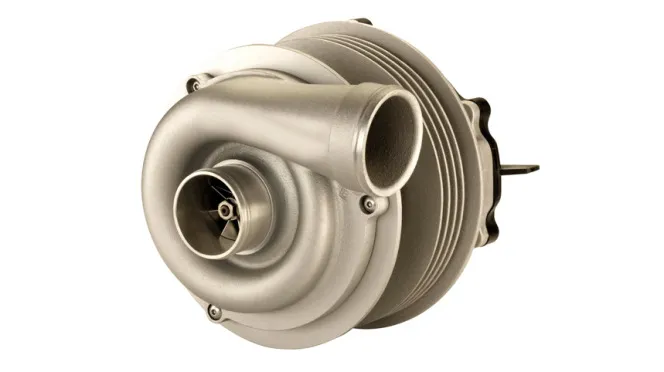
But in the battle of supercharger versus turbo, the argument almost always boils down to parasitic loss versus lag. Superchargers pull their power from the crankshaft, while turbos require exiting gases to spool the impeller fast enough to produce pressure. Were turbos able to produce boost independent of exhaust gases, then superchargers would be made obsolete, right? Potentially.
And that is the position French supplier Valeois taking. By innovating an electric turbocharger, turbo lag will be “a thing of the past.” In a report by AutoNews, “the new turbocharger is powered by an electric motor instead of exhaust gases. When not needed, the turbo’s impeller, which pumps air and fuel into the cylinders, still spins at 10,000 rpm, so there is minimal hesitation or lag in engine response when the driver presses the accelerator pedal.”
Yet, there is a downside or two: cost and power consumption. The turbo requires 48-volt power, which it soaks up quite hungrily. And feeding that much juice takes some added electronics under the hood. The trade is that for all that electricity, Valeo says their electric turbo-charger can reduce fuel consumption between 7 and 20 percent.
On The Water Any Time Soon
And while it’s unlikely that a supercharged turbo Sea-Doo will arrive on dealer floors anytime soon, it is very likely that technologies being developed for motorcycles, automobiles and even other on and off-road applications will find their way into personal watercraft. As enthusiasts want no shortage of power but crave added fuel efficiency and smooth power delivery, engineers have only to look towards what’s being accomplished around them for inspiration.





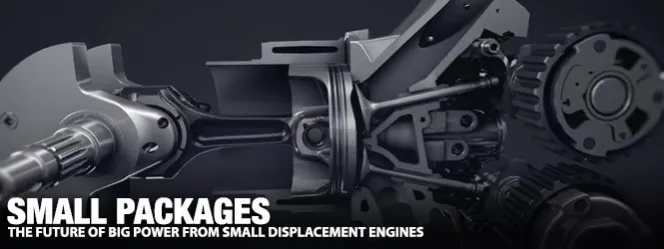
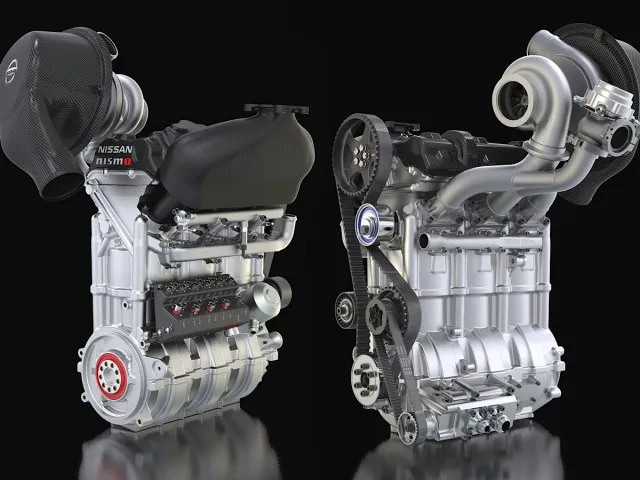
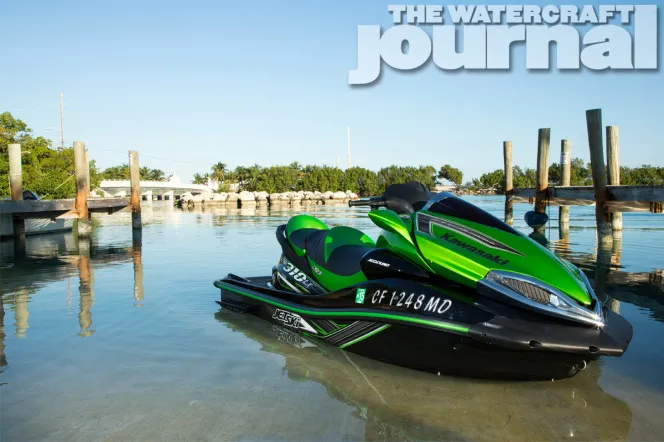

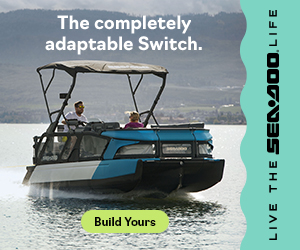

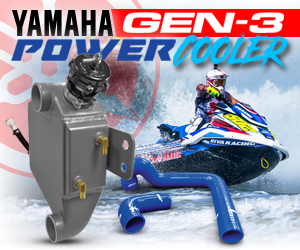
[…] and enthusiast response thanks to their respective transition to turbocharging its ACE 900 engines. Eking more power from smaller displacement engines is fetching plenty of class leading sales for both powersport […]